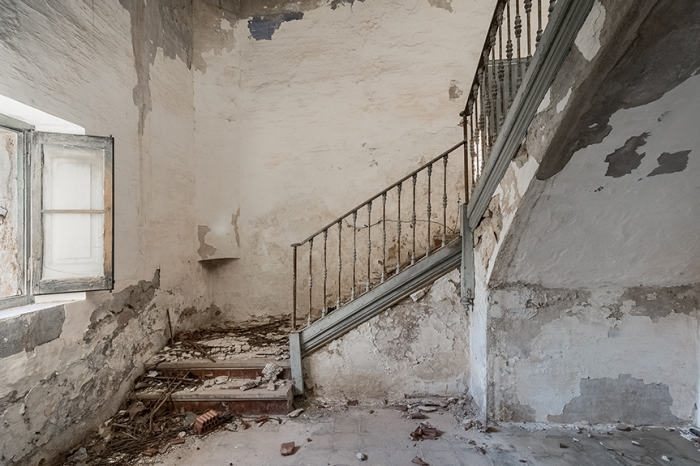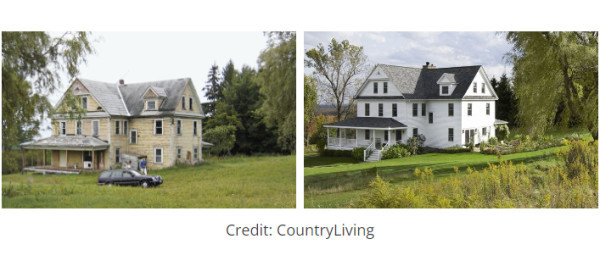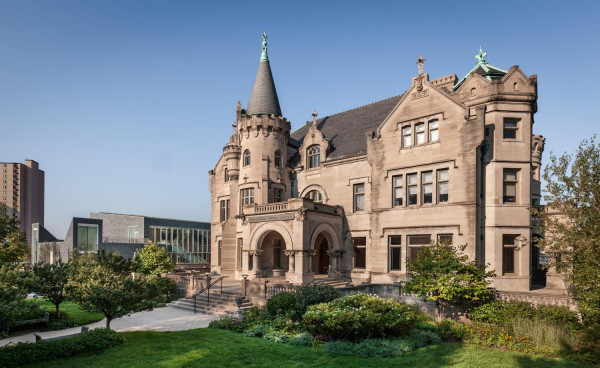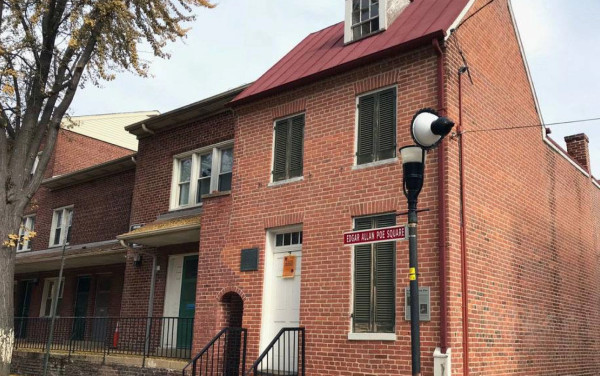From Vacant to Abandoned, the Evolution of Decay
Routine maintenance is required to prevent any property from decaying. When no one is taking care of a property, time, and weather can quickly deteriorate its structural integrity and become a safety threat to the neighborhood.
May 10, 2024

Routine maintenance is required to prevent any property from decaying. When no one is taking care of a property, time, and weather can quickly deteriorate its structural integrity and become a safety threat to the neighborhood. No one can predict exactly how long it takes for a vacant property to decay. Deterioration depends on a variety of factors including the quality of the home construction, geographic construction location, and the subsequent rate of decay. This article explores the causes of home deterioration and how threatening it can be for those living in its vicinity.
Major Reasons for Property Decay
- Water – Most construction experts suggest the worst enemy for properties is water since water damage is the most costly to repair. If a property is not inspected for water leaks, plumbing system functionality, or sewage issues, decay happens faster. Continuous water leakage can cause a toxic microfungus known as black mold, which can increase allergy and asthma symptoms. Additionally, continuous moisture exposure can cause chemical reactions in building structure materials that lead to cracked and crumbling concrete and brickwork.
- Termite Infestation – Another threat to abandoned properties is termites and other insect infestations. Termites expedite building wood damage by eating it. If the infestation is not identified, termite-induced structural damage will result in faster deterioration and potential collapse.
- Copper Theft – When criminals steal copper from a building, it induces stress to the entire structure that may lead to faster destruction. To prevent copper theft, vacating property owners should securely close all building access points.
- Harsh environmental climates – When properties are located in an area with excessive wind and moisture, they generally decay much quicker. In contrast, properties located in dry sheltered locations are likely to stand the test of time.
When there is no human inhabitation, nature rules. Dilapidated buildings are associated with significant negative environmental, social, and economic consequences. Neighbors should notify officials as soon as they think a property is abandoned to avoid invading drug dealers and loiterers.
Rundown properties are also especially vulnerable to collapse and fire hazards in crowded areas, which is why many states are engaging in revitalization efforts to minimize danger. For example, in 2011 Philadelphia, Pennsylvania implemented a law that fines identified abandoned property owners if working doors and windows are not installed in all structural openings. If a property owner is not identified, however, it falls into the Zombie property list and is considered more dangerous even though it has already been taken over by the state authorities. Building remediation is necessary to reduce gun-related violence, crime rates, and safety concerns.
In conclusion, protecting properties from decay is in everyone’s best interest. The next time you stumble upon an abandoned property that has long been forgotten, consider protecting the roof with tarps, boarding up broken windows, or reinforcing its doors! Who knows – you just might save a property’s life.

Busting Historic Property Remodel Myths
Have you ever come across an unforgettable run-down historic property you wanted to restore?

Marvelous Minnesota mansions: Unlock the doors to 10 extraordinary historic homes you can tour!
Step into Minnesota's past as you explore its remarkable historic homes, providing a fascinating glimpse into the lives of influential figures, the architectural magnificence of bygone eras, and the cultural heritage of the region.

Edgar Allan Poe's House of Literature: Small but Sturdy
Edgar Allan Poe claimed that his home was in Richmond, Virginia, but before Richmond he lived in Baltimore, Maryland, in this small unassuming home. What happened to it after Poe and who lived there?

How to Claim a Relative’s Abandoned Property
Any unclaimed property becomes property of the state. So what happens if a relative of yours dies and hasn’t written a will or kept any financial record of it?